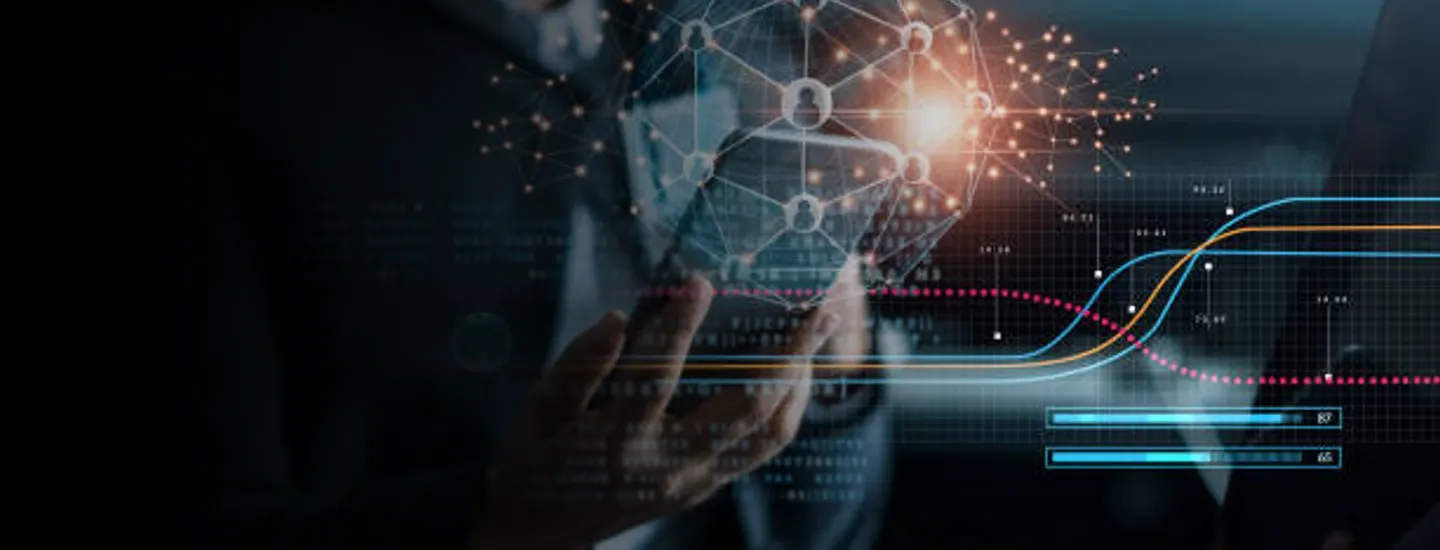Many businesses that do not start out as product companies realize they should consider becoming product-centric. Some may decide to become more product-centric without realizing the full impact of that decision. I have helped clients in both scenarios work through the implications to their strategy and operating model and this process often starts by aligning on the definition of product.
The word "product" can mean very different things across different industries, and in most cases, people think of it as a physical item that is manufactured and marketed. In this instance, I'm talking about "product" as customer value that is enabled by technology.
Products come in various forms. They can be applications, services, or experiences. Some people believe that a product must be sold but there are numerous scenarios where products can be indirectly monetized. The retail and restaurant industries provide good examples of this. Many retailers are developing technologies to deliver a more integrated experience between their website and stores through kiosks, virtual mirrors, and buy-online, pickup in-store (BOPIS) capabilities. The return for improving the customer experience is selling more merchandise, not driving new revenue through device or service fees.
You may have noticed that some restaurants provide kiosks in lobbies or at tables to streamline the ordering and payment process. Restaurants do not charge customers to use these kiosks as their primary purpose is to improve the customer experience with reduced wait times. If a vendor develops that kiosk and licenses it to the restaurant, that is clearly a product the vendor is providing to the restaurant. If the restaurant were to develop the same kiosk in-house, that does not change its qualification as a product and provides another example of a defined product that is not sold.
Instead of using monetization to qualify any of your technology investments as a product, I recommend basing your qualification on the customer impact. Any technology that directly impacts the customer experiences associated with your business strategy likely represents an ongoing investment and a focus on driving value. Using this approach, an enterprise resource planning (ERP) system would not qualify as a product. An e-commerce site that sells merchandise would. Both require investment and may be important to the organization, but the ERP is running the business and the e-commerce site directly impacts the customer experience and affects the business’s ability to grow.
These are a couple of simple examples to distinguish IT from product, but some products can be much more complex, incorporating the newer and more traditional categories of product and services which can make its scope a bit more difficult to define.
For example, Peloton manufactures a bike that connects users with thousands of other members and charismatic instructors through live and recorded sessions. They incorporate gamification and provide numerous accessories to enhance your workouts such as shoes, weights, heart rate monitors, and clothing.
You may think of Peloton as an exercise bike company, but it would be inaccurate to say that Peloton’s product is a bike. Their product is a customer experience that encourages fitness through interactive instruction and a virtual community. As they have expanded their capabilities, this experience can now be based on a bike, a treadmill, or an open floor with a mat.
Technology plays a vital role in enabling these customer experiences. They have a console on the bike and treadmill to enable those customer experiences and they have Apple and Google-based applications that can be used for fitness routines accessed on a customer's device. Each of these experiences require a monthly subscription to access the Peloton content.
Peloton is clearly a product-centric company and presumably organizes their customer experiences into different products. The investment and focus they have on their products is perhaps higher and more intense than the retailer with kiosks and BOPIS capabilities presented earlier, but this difference should not impact the overall operating model for technology.
This takes us to a key tenant of being product-centric: the delineation between the product operating model and the IT project operating model.
| Project Operating Model | Product Operating Model |
|---|---|
| Focus on efficiency, risk reduction, cost reduction at expense of speed | Focus on winning the market, revenue, fast fail, and customer impact |
| Project by project planning | Dedicated, perpetual product management |
| Project by project funding | Top-down budget typically set annually |
| Shared, pooled resources | Dedicated resources |
| Multiple functions needed to make decisions | Multi-functional team that can make autonomous decisions |
| Deliverables based on defined requirements | Test and learn rapidly to optimize customer experience |
| Cost goals | Revenue Goals |
Table 1. Key Differences between Project and Product Operating Models
IT projects should have a defined beginning and end, with a timeline and outcome that should ultimately be focused on efficiency and optimization. Many organizations appropriately establish an ROI to justify and scope IT projects.
As I alluded to earlier, products are an ongoing commitment by the organization to provide customer value that may never actually be "finished." It is very difficult to justify product investments via an ROI up front when that effort doesn’t have a fixed end, timeline, or outcome. This can feel a bit scary to executives with an operational background. However, the ambiguity of the product lifecycle is a very powerful aspect that allows you to adapt to customer feedback and maximize the business return from the product’s value to customers.
Fiduciary discipline remains critical, however, as you should not continue investing in a product with limited or stagnant returns. I will elaborate more on product funding approaches as well as other aspects of the product operating model in future posts.
Just as managing products like IT projects would likely limit their potential, becoming a product-centric company doesn’t mean all technology investments should be managed like products either. It means your organization’s growth plan relies on customer experiences that are enabled by technology, and you should manage those investments appropriately to ensure they continuously focus on driving customer value.
Next up: The Difference between being Lucky and being Good
Driving Business Growth through Product (aka Problem) Management

